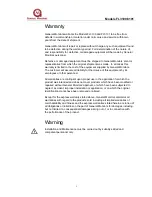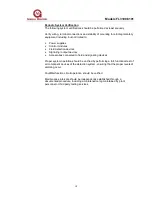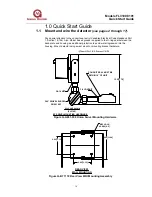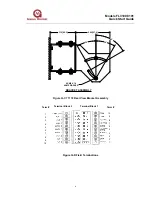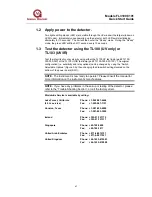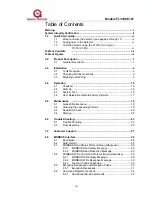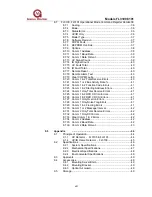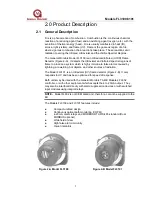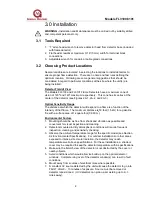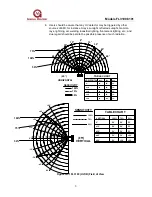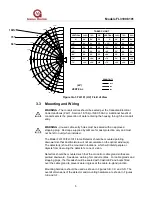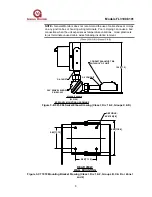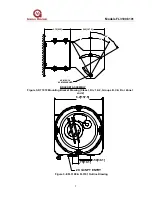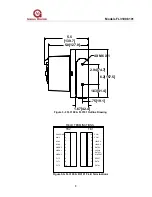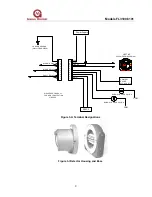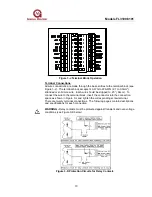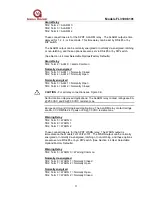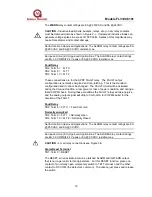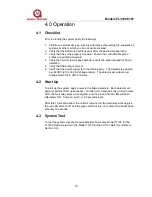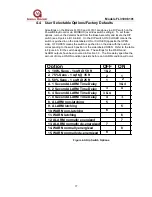
Models FL3100/3101
2
3.0 Installation
WARNING - Installation and Maintenance must be carried out by suitably skilled
and competent personnel only.
3.1
Tools Required
1.
“T” allen head wrench to remove detector head from detector base (included
with flame detector).
2. Flat head screwdriver maximum 3/16” (5 mm) width for terminal block
connections.
3. Adjustable wrench for conduit, or cable gland connections.
3.2
Choosing Product Locations
Several variables are involved in selecting the locations to install detectors to
ensure proper flame detection. There are no hard and fast rules defining the
optimum location. Following are some general suggestions that should be
considered in regard to particular conditions at the site where the unit(s) are
being installed:
Detector Field of View
The Models FL3100 and FL3101 Flame Detectors have a maximum cone of
vision of 120
°
and 140
°
maximum respectively. This cone has its vertex at the
center of the detector (see Figures 2A-1, 2A-2, and 2A-3).
Optical Sensitivity Range
The distance at which the detector will respond to a flame is a function of the
intensity of that flame. The maximum distance is 50 feet (15.2m) for a gasoline
fire with a surface area of 1 square foot (0.093m
2
).
Environmental Factors
1.
Mounting should be as free from shock and vibration as possible and
convenient for visual inspection and cleaning.
2. Detectors mounted in dirty atmospheric conditions will require frequent
inspection, cleaning, and sensitivity checking.
3. Observe the ambient temperature range for the specific model (see Section
9-2 Environmental Specifications). For outdoor installations or other areas
exposed to intense, direct solar radiation, the detector may reach
temperatures well above specifications. For these installations, a shade or
cover may be required to keep the detector temperature within specifications.
4. Make sure the field-of-view of the detector is not obstructed by the cover or
nearby objects.
5.
Avoid conditions which would allow ice build-up on the optical detector
windows. Complete icing over of the detector window(s) can result in fault
conditions.
6.
Mount away from sources of electrical noise where possible.
7.
A constant UV source detected by the unit will cause the detector to go into
FAULT after 9 – 10 minutes of exposure. Source must be removed or
detector reposi-tioned. (UV detectors can pick-up arc welding up to 2–3
miles away).


